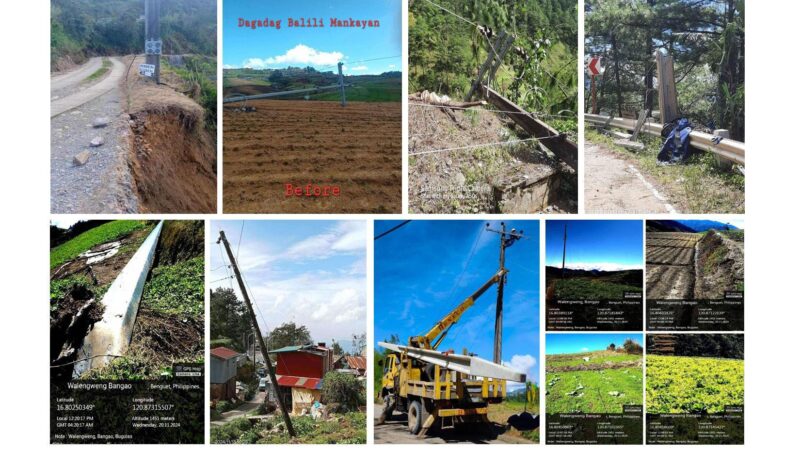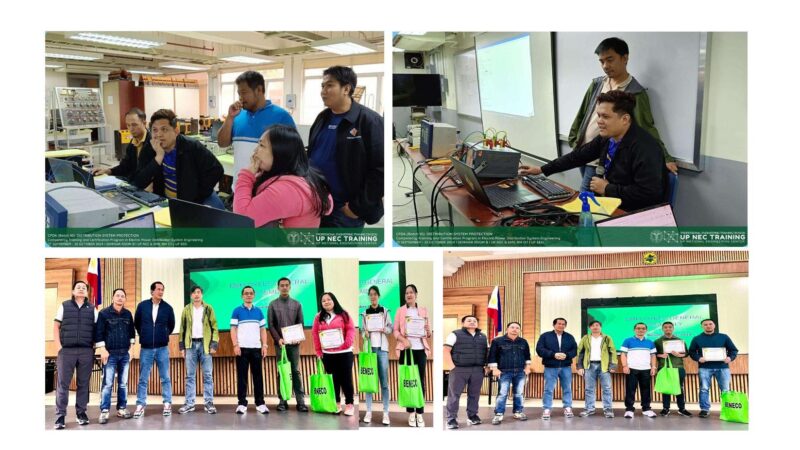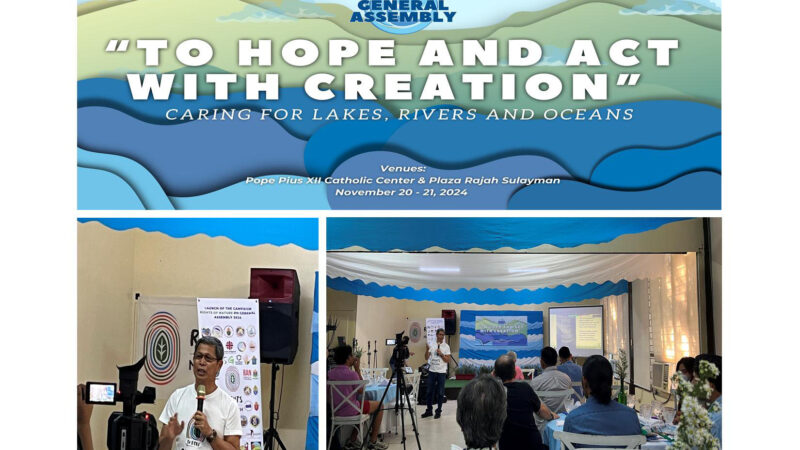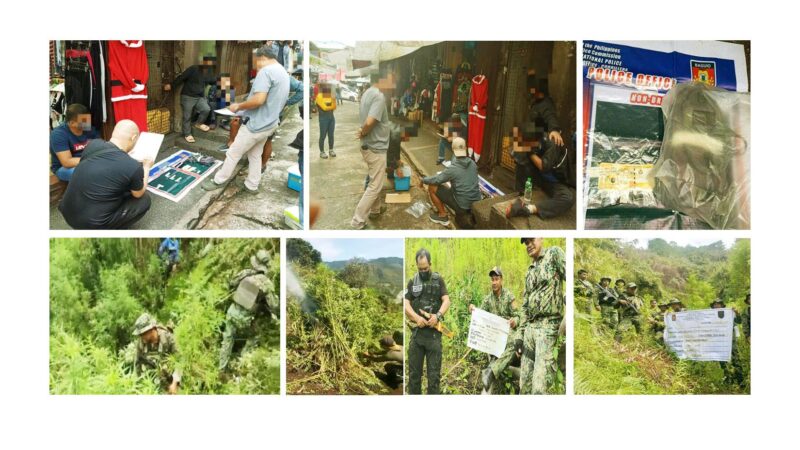Toxic Watchdog Urges FDA and DTI to Immediately Conduct Market Inspection as Lead-Containing Toys Are Found in Stores
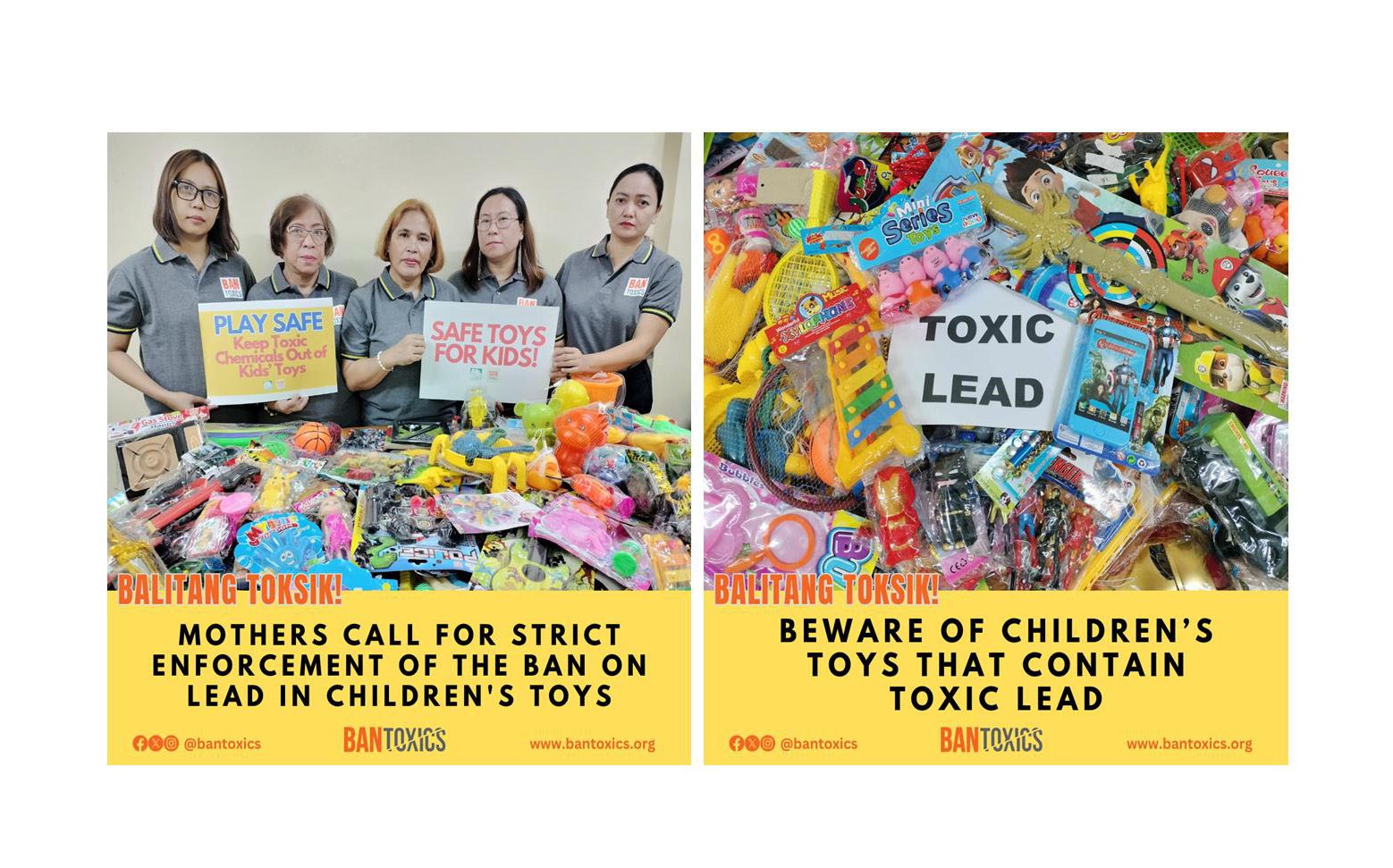
With the holiday rush building up, toxic watchdog BAN Toxics urges government regulatory agencies to conduct immediate market inspections as the group detected lead-containing toys being sold in toy stores, sidewalks, and commercial hubs across Metro Manila.
Recent market monitoring by the group revealed that an increasing number of retailers are showcasing a variety of children’s toys in anticipation of early holiday shopping. Since September, BAN Toxics has randomly purchased and documented toy samples from well-known commercial hubs in Manila, Pasay City, and Quezon City.
These include toy cars and trucks, dolls, musical instruments, robots, battery-operated toys, toddler squeaky toys, food-shaped toys, kitchen and dinner sets, makeup set toys, basketball toys, bubble toys, dinosaurs, mini billiards, marbles, and sports toys. The group also notes that the majority of these toys lack proper labeling, which violates Republic Act (RA) 10620, or the “Toy and Game Safety Labeling Act of 2013.”
“We are calling on the Food and Drug Administration (FDA) and the Department of Trade and Industry (DTI) to prevent exposing our children to unsafe toys that may contain toxic chemicals such as lead. The lack of proper labeling alone should be reason enough for them to conduct inspections,” said Thony Dizon, BAN Toxics Campaign and Advocacy Officer.
Out of 50 sample toys screened by BAN Toxics using a Vanta C Series XRF Chemical Analyzer, 41 were found to contain lead, with levels ranging from 16 parts per million (ppm) to as high as 4,600 ppm.
The group further urged the FDA and DTI to conduct product testing and eventual confiscation to ensure that only compliant toys that meet health and safety regulations are sold in the market. Additionally, the group calls on local government units to also conduct inspections and review permits and certificates of product notification for toy retailers and stores within their jurisdictions.
Lead is a toxic metal and exposure to it can cause serious health consequences, especially on children. According to the World Health Organization, “young children are particularly vulnerable to lead poisoning as they may absorb up to 4–5 times as much lead as adults from an ingested dose.” Lead can affect the brain, liver, kidney and bones, where it can accumulate overtime. At high levels of exposure, lead attacks the brain and central nervous system, causing coma, convulsions and even death. Lead can permanently affect children’s brain development which can result in reduced intelligence and behavioral problems.
Under the Department of Environment and Natural Resources (DENR) Administrative Order 2013-24 (DAO 2013-24), the use of lead in children’s toys is strictly prohibited.
BAN Toxics also encouraged parents to exercise due diligence when purchasing toys for their children, to stay away from items with no proper safety labeling, and to assert their right to product safety. “The public should be informed and assert that product health and safety is a fundamental consumer right,” Dizon said, noting that October is designated as Consumer Welfare Month pursuant to Presidential Proclamation No. 1098.
The group is currently ramping up its “Safe Toys for Kids” advocacy with several awareness-raising activities lined up and a new study set for release before the end of the year. The study, jointly conducted with the Bangladesh-based Environment and Social Development Organization (ESDO), examines the presence of toxic chemicals in toys.
Last month, BAN Toxics published an infographic titled “Mag-ingat Sa Mga Laruang Toxic! (Beware of Toxic Toys!)” that provides information about hazardous chemicals still present in toys sold in the market. The infographic aims to educate consumers on how to identify and avoid toxic toys to ensure children’s safety.
From October 22 to 26, BAN Toxics will be conducting a series of activities, including seminars and speaking engagements, to mark this year’s International Lead Poisoning Prevention Week. (PR)
References:
https://chemical.emb.gov.ph/wp-content/uploads/2017/03/DAO-2013-24-CCO-Lead.pdf
https://www.who.int/news-room/fact-sheets/detail/lead-poisoning-and-health


